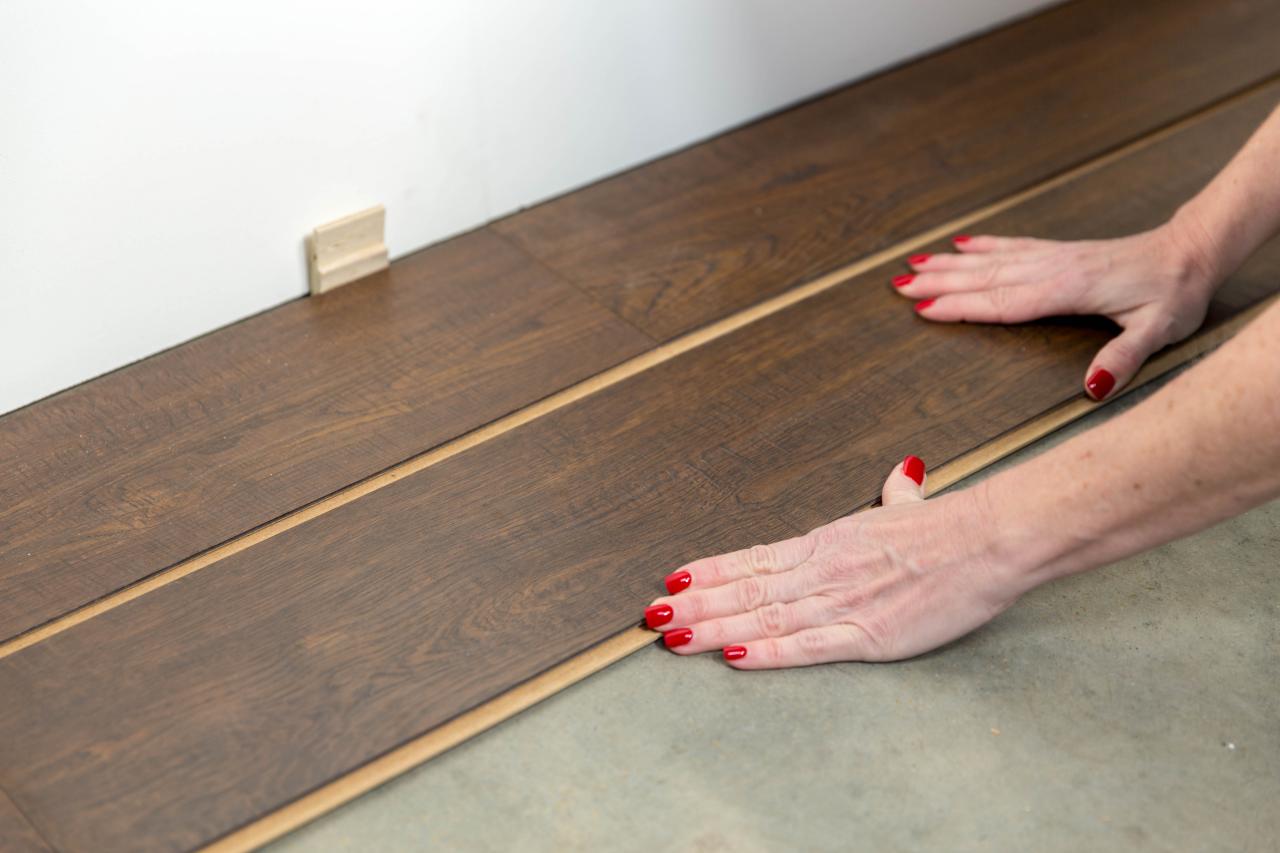The Facts About Understanding the Installation Process of a Floating Floor Revealed

The Pros and Cons of Mounting a Floating Floor in Your Property
When it comes to floor covering choices for your residence, there are various selections on call. One preferred choice that has gained considerable popularity in current years is the drifting flooring. A drifting flooring is a style of floor setup strategy where the private planks or ceramic tiles are not directly connected to the subfloor. Instead, they are interlocked or glued all together, making it possible for them to "drift" on top of the existing floor. This setup procedure delivers several perks as effectively as some disadvantages that property owners need to look at prior to producing a selection.

Pros:
1. Quick and easy Installment: One of the main advantages of a floating floor is its convenience of setup. Unlike conventional floor covering options that call for comprehensive prep work and professional know-how, many floating floorings come with simple click-and-lock mechanisms that create it easy for property owners to put up themselves. This not just spares opportunity but likewise decreases labor expense.
2. Convenience: Drifting floorings are readily available in a vast variation of materials, featuring laminate, engineered lumber, vinyl fabric, and stopper. This offers homeowners plenty of options to opt for from based on their preferences and finances constraints. Moreover, these floorings can be set up over various existing areas such as concrete, plyboard, or even existing floor covering itself.
3. Moisture Resistance: Unlike wood floors which can twist or buckle when subjected to wetness, floating floorings use better resistance against water damage due to their development and installment strategy. The underlayment made use of below the slabs behaves as a barricade versus moisture intrusion from below while the best coating offers incorporated security against spills or collisions.
4. Longevity: Floating floors are known for their longevity and capacity to tolerate hefty foot website traffic over an prolonged time period without showing signs of wear and tear and tear conveniently. The interlocking system made use of in many floating floor bodies makes certain stability and stops private planks coming from moving or separating under usual make use of.
5. Very easy Servicing: Cleaning a drifting flooring is fairly straightforward reviewed to various other types of floor. Regular sweeping or vacuuming, coupled with occasional damp mopping, is normally adequate to maintain the floor looking clean and well-maintained. Furthermore, a lot of floating floorings possess defensive finishings that help make them insusceptible to blemishes and blemishes.
Cons:
1. Sound Transmission: One of the major negative aspects of floating floorings is their ability for enhanced audio transmission. Since they are not directly connected to the subfloor, there can be a void noise when strolling on them or going down objects on the floor. This can be decreased by using underlayment with sound-dampening residential or commercial properties or adding place rugs and household furniture to take in some of the sound.
2. Limited Refinishing Options: Unlike solid real wood floors that can be fined sand down and refinished multiple times, most floating floors possess a damage layer that maynot be fined sand or refinished. This indicates that if notable damage takes place, such as deeper scratches or gouges, the affected planks might require to be switched out entirely.
3. Potential Moisture Issues: While floating floorings are commonly a lot more moisture-resistant than conventional real wood floors, extreme visibility to water can still trigger harm over opportunity. If water seeps in to the seams between planks or underlayment, it may lead to mold growth or warping of the floorboards.
4. This Site : Although drifting floorings have ended up being more and more well-liked in recent years due to their affordability and convenience of installment, they might not include substantial market value to your home contrasted to various other premium flooring choices like strong hardwood or organic rock ceramic tiles.
5. Limited Lifespan: While drifting floorings are heavy duty and long-lasting, they usually have a shorter lifespan reviewed to conventional hard wood flooring possibilities. The wear layer on these floors will at some point use down over time, specifically in high-traffic regions.
In conclusion, installing a floating floor in your house has actually its fair reveal of perks and disadvantages that ought to be considered prior to producing a decision. The ease of setup, adaptability, wetness protection, durability, and simple maintenance make it an attractive option for numerous homeowners. Nevertheless, prospective audio gear box issues, limited refinishing possibilities, potential dampness troubles, lesser resale market value, and a shorter lifespan must additionally be taken in to profile. It is crucial to consider these pros and downsides versus your certain requirements and preferences to help make an informed decision about whether a floating flooring is the right choice for your residence.
